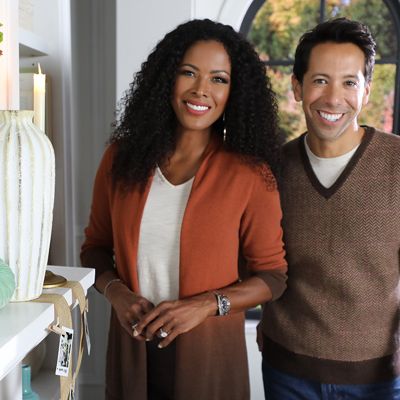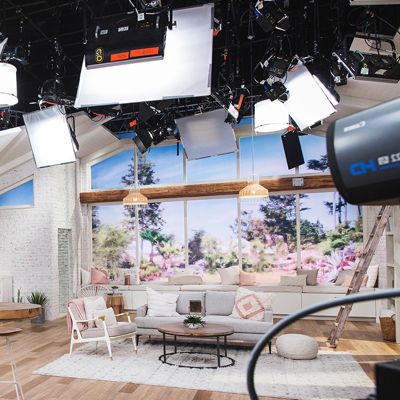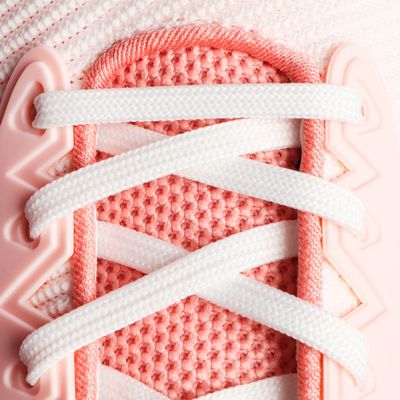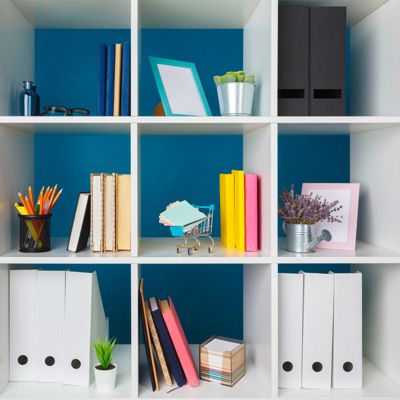If the average American woman is a size 14, wouldn't it stand to reason that a size 14 would be the most common size sold in the United States?
Nope. In fact, size 14 is among the least purchased sizes out there for many manufacturers. So it seems that being a size 14 and buying a size 14 are in fact two very different things.
So what gives?
I read these facts the other day in WWD, the fashion industry/retail newspaper published five days a week in New York City. The story concerned the significant fit difficulties that face manufacturers and designers who want to target the plus-size market, and it also outlined the dwindling options that plus-size shoppers have because of it.
It's hard to ignore the relentless media coverage of America's obesity problem, and well, just as hard to miss the evidence all around us -- believe me, I couldn't miss it, as I spent last week at the beach. The bumps, the chunks, the cellulite, oh my. And that was just under MY umbrella.
So let's try to figure this out. If roughly 60 percent of the population is considered overweight, for argument's sake, let's say half of that number is women. So, of the estimated 310 million people in the United States, we can extrapolate that roughly 93 million are female shoppers in the double-digit size range.
But a funny thing happens on the way to the shopping mall. It seems that women who used to be a size 8 or 10 and have gained weight often simply don't want to shop for a size 14 or 16. Consequently, they make do with what they have. Women sizes 20 and up, many of whom perhaps have been plus-size their entire lives, seem to be more likely to have accepted themselves physically and shop as frequently as single-digit sizes, according to WWD.
So from these facts, we can perhaps start to explain why the majority of women just aren't as well-dressed as they could be.
I put this to the test by parking myself at a cafe table downtown at lunchtime to watch the people go by. After doing dozens of makeovers for The Plain Dealer, not to mention dressing myself through thick and thin, I have a pretty good idea of who wears what size.
Sure enough, WWD's story held true. While the thinner women weren't necessarily impeccably dressed, there was at least a nod to modern professionalism and style. Of the 30 or so women I noted who could be considered seriously obese, 21 of them were dolled up to the max. Cute little jackets, knee-length skirts and dresses and high heels were their outfits of this summery weekday, along with nicely styled hair and great accessories.
And yes, it was those "average American women," the size 14s, who seemed to ignore style the most often, at least in my informal survey. In the past, I assumed this was because the majority of people simply aren't all that interested in fashion. But could it be that this reluctance to shop for their current size 14 is what keeps so many women on the sidelines, and not a lack of interest?
There's more of an impact here than meets the eye.
For years, readers have told me they don't shop at small, local boutiques because their sizes aren't carried. But during these very same years, local boutique owners tell me that their size XLs and 12s-14s are usually the last to go. It's a classic Catch-22 -- people don't go into the shops to see if their sizes are there, so store owners don't see the demand and then shift their buying dollars to the sizes that are in demand.
Because it's easier to fit a wide range of people in a size 2 to 14, most manufacturers target this market. Above a size 14, fit becomes more difficult, because of the varying proportions involved; i.e., people carry their weight in very different places. Yet there are many companies devoted to this true plus-size customer because there's an opportunity to make lots of sales. It's the sizes in between that are getting squeezed.
If retailers place the greatest number of orders for sizes 4 to 8, that's where manufacturers are going to focus their production models. It simply doesn't make good business sense to go to the trouble of creating patterns and styles in a size 14 if nobody is going to buy them. So after a time, fewer and fewer of them don't produce these sizes for retailers to choose from.
At this point, a size 14 -- again, the most common size in America -- really does have something to complain about, because her choices are more limited than those in bigger and smaller sizes.
But there needs to be a certain level of personal responsibility here. How often have I told myself that while I love what I'm seeing in the mirror, it doesn't make sense to spend $100 on a pair of pants, because what will happen to these pants when I lose weight? Now, there may well be no active plan in place to LOSE weight, just a nebulous desire to do so. And so I'd skip the flattering pants and head to a discount store to buy something "temporary" that might not be flattering, but hey, at least it was a pair of pants that covered me up.
It's much easier said than done to accept yourself at every size and dress accordingly, not to mention find the money to do so. But perhaps if we think of it as a civic duty to do so -- Save the Size 14s! -- it might be the very thing to make us invest a little bit more in ourselves at every size.





















